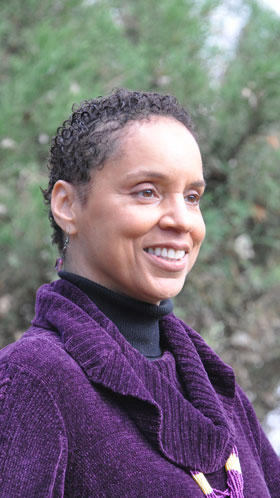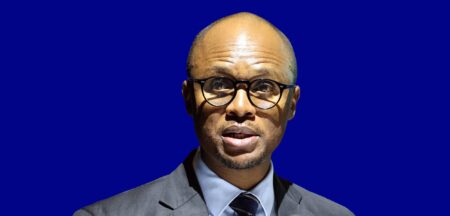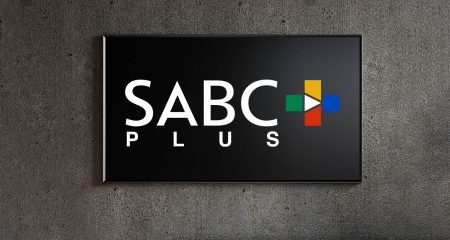
The SA Communications Forum (SACF), an industry lobby group whose members include the SABC and the big telecommunications operators, wants a “return path” built into the government-subsidised set-top boxes that will be used for digital terrestrial television, allowing South Africans to surf the Internet on their TVs.
But another industry body, the Southern African Digital Broadcasting Association (Sadiba), has warned that attempting to include a return-path requirement in the request for proposal (RFP) document to be issued soon by the department of communications would once again delay the country’s already long-delayed migration from analogue to digital terrestrial television. Sadiba’s members include M-Net Broadcast Services, Sentech, MultiChoice, Altech UEC and the SABC.
SACF CEO Loren Braithwaite-Kabosha used a media conference in Midrand on Friday to make a plea to government to include return-path functionality in the set-top boxes that will be subsidised to the tune of R2,4bn for poorer households. This would provide basic Internet access to millions of South Africans who do not currently have access to the Internet, she said.
The base specification for SA digital set-top boxes does not include a return-path requirement. But the SACF said that doesn’t preclude government from including such a requirement in its RFP, which may be published as early as next week.
However, Sadiba deputy chairman Dave Hagen, who attended the press conference — he is also technical director for digital television at M-Net — said that asking government to include a return path now could once again delay the whole process. He said this would be a “complex and long process” if government were to entertain it.
“My concern, from a Sadiba perspective, is who in the [department of communications] is going to facilitate writing this amendment specification in the RFP, which is due imminently, to define clearly what the requirement is?” Hagen said.
“Who is taking the [SABS] spec and separating that and adding this amendment through the [department] as part of the RFP. That process is not a paragraph. This, ladies and gentlemen, is a document that is pages long that specifies the types of connections, the power, the memory capacities, how you’re going to load the software, how you’re going to secure it, [and] the HTML and Java.”
But the SACF is adamant it can be done and without negatively affecting the timeframe for digital migration. In a media statement, it said the move would help bridge the digital divide, target economically disempowered South Africans, address affordability issues and help facilitate convergence of technologies.
“Our members would not want to see delays in being able to access the digital dividend expected at the end of the migration process,” Braithwaite-Kabosha said. The digital dividend is the broadcasting spectrum that will be freed up through the process and reallocated to telecommunications operators to provide broadband services.
“By including proper language within the RFP, it won’t delay the process,” she said. “We are planning to assist the department of communications in the suggested language… My understanding is that its incorporation will not delay the process from the manufacturers’ side.”
Muzi Makhaye, CEO of black-owned set-top box manufacturer ABT, which is a member of the SACF, said manufacturers had catered for a return path and that including it in the RFP would not delay the process. — (c) 2012 NewsCentral Media




